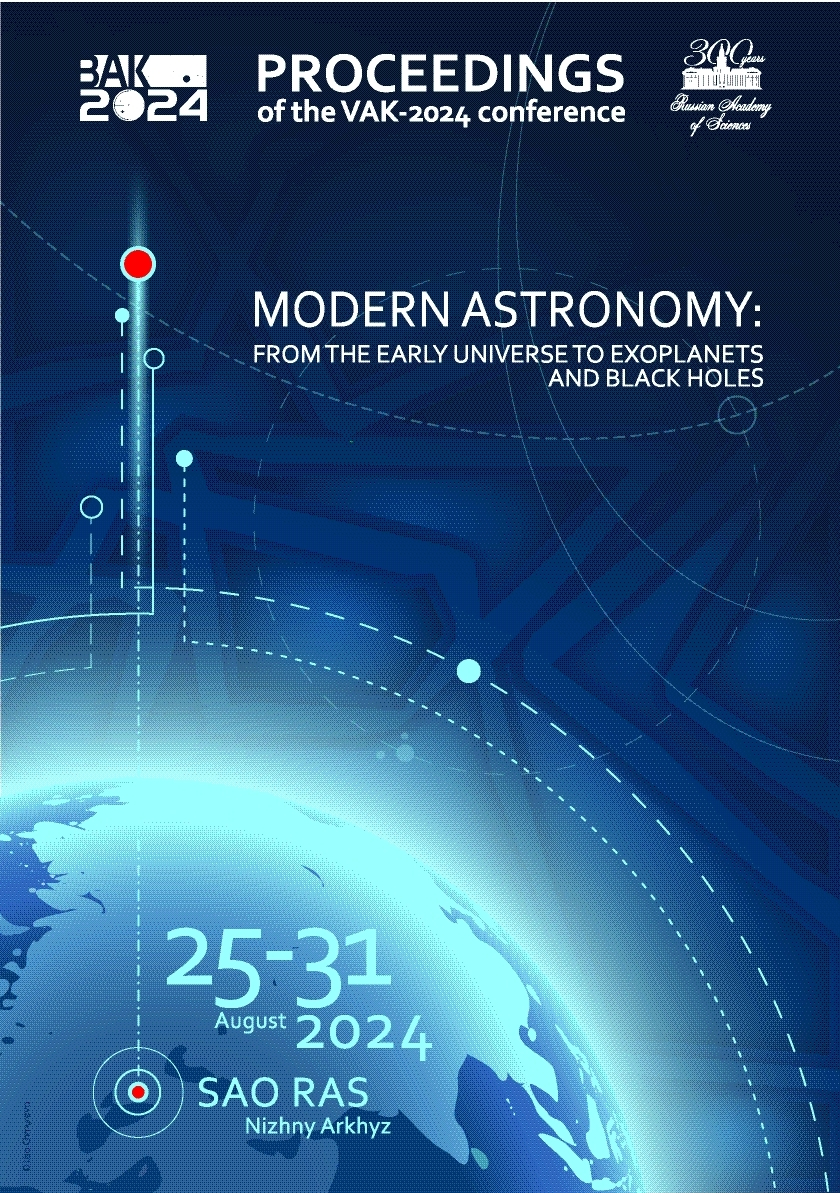Institute of Applied Astronomy of the Russian Academy of Sciences
Fesenkov Astrophysical Institute
UDC 53
UDC 520
UDC 521
UDC 523
UDC 524
UDC 52-1
UDC 52-6
CSCSTI 41.00
CSCSTI 29.35
CSCSTI 29.31
CSCSTI 29.33
CSCSTI 29.27
CSCSTI 29.05
Russian Classification of Professions by Education 03.06.01
Russian Classification of Professions by Education 03.05.01
Russian Classification of Professions by Education 03.04.03
Russian Library and Bibliographic Classification 2
Russian Library and Bibliographic Classification 223
Russian Trade and Bibliographic Classification 614
Russian Trade and Bibliographic Classification 6135
BISAC SCI004000 Astronomy
BISAC SCI005000 Physics / Astrophysics
The mass-exchange process in polars is discussed. We point out that the strong magnetic field of a white dwarf in these systems can under certain conditions prevent the material from flowing through the L1 point operating as a "magnetospheric gate''. We show that the condition under which the "magnetospheric gate'' is closed is satisfied in the majority of polars known to date. This finding opens the question about a possibility to realize an alternative mechanism of mass exchange in these systems. We briefly discuss application of this mechanism to the best studied polars.
stars: cataclysmic variables, polars, magnetic fields; accretion; individual: AM Her, QQ Vul, AR UMa
1. Cropper M., 1990, Space Science Review, 54, p. 195
2. Ikhsanov N., Kim V., Korol'kova O., 2023, Publications of the Pulkovo Observatory, 228, p. 118
3. Ikhsanov N.R. and Pustil'nik L.A., 1996, Astronomy & Astrophysics, 312, p. 338
4. Mukai K., 1988, Monthly Notices of the Royal Astronomical Society, 232, p. 175
5. Norton A.J., Wynn G.A., Somerscales R.V., 2004, Astrophysical Journal, 614, 1, p. 349
6. Plavec M. and Kratochvil P., 1964, Bulletin of the Astronomical Institutes of Czechoslovakia, 15, p. 165
7. Schneider D.P. and Young P., 1980, Astrophysical Journal, 240, p. 871






